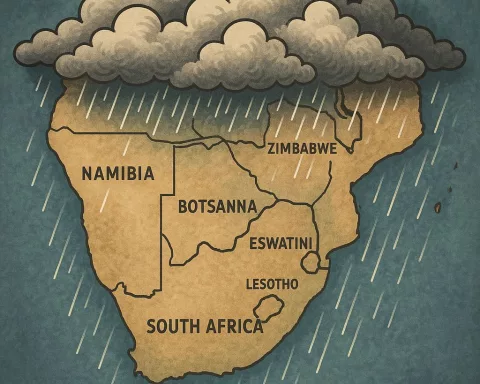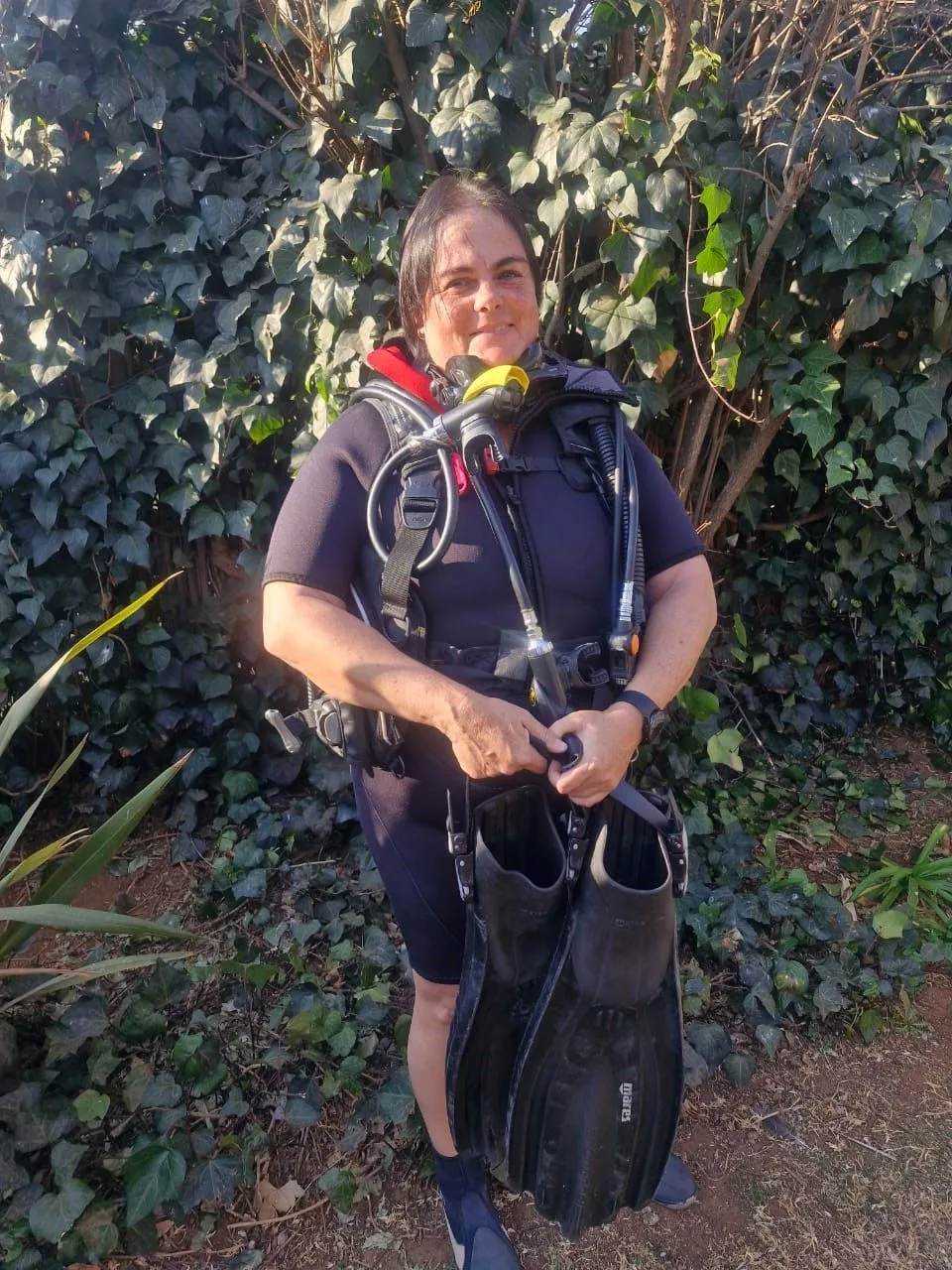South Africa is among the nations most intensely affected by natural disasters, making the development of early warning systems vital in mitigating the effects of climate change. The Deputy Minister of Forestry, Fisheries and the Environment, Bernice Swarts, stressed the importance of collective adaptation and collaboration during a national workshop orchestrated by the South African Weather Service. The ‘Early Warnings for All’ initiative led by SAWS aims to provide an adequate warning dissemination system that reaches remote areas and vulnerable populations.
The Urgent Need for Collaboration
Early warning systems can play a significant role in averting loss of life and minimizing the detrimental impacts of severe climatic events instigated by climate change. The South African government has shifted its focus towards the development of early warning systems. Several players including the National Disaster Management Centre, the Department of Water and Sanitation, and the Council for Geoscience, among others, have heeded this call to action.
The Urgent Need for Collaboration
During a recent national workshop focusing on the potential of early warning systems, Deputy Minister of Forestry, Fisheries and the Environment, Bernice Swarts, emphasised the urgent need for collective adaptation and collaboration. Her keynote speech accentuated the significant role that these systems can play in averting loss of life and minimizing the detrimental impacts of severe climatic events instigated by climate change.
The South African Weather Service (SAWS) orchestrated the workshop, where the requirement for joint action was brought to the fore. As the world struggles with the escalating dangers of climate change, South Africa finds itself among the nations most intensely affected by natural disasters. The stark truth is that to counter these threats, the country, like many others, needs a strong defense strategy.
During the United Nations Framework Convention on Climate Change’s Conference of Parties (COP 28), UN Secretary-General António Guterres highlighted Africa’s susceptibility to hazardous weather conditions. He emphasized the urgent need for establishing Early Warning Systems and the dire repercussions of delayed action.
The Catastrophic Consequences of Climate Change
Swarts reinforced Guterres’ concerns, reminding the audience of the devastating Durban floods in April 2022, which resulted in nearly 500 fatalities, enormous displacement, widespread job losses, and an estimated economic damage of R17 billion.
To prevent similar calamities in the future, the South African government has shifted its focus towards the development of early warning systems. Several players including the National Disaster Management Centre, the Department of Water and Sanitation, and the Council for Geoscience, among others, have heeded this call to action.
The Climate Change Act, ratified by President Cyril Ramaphosa in 2024, plays a significant role towards achieving this objective. The Act requires all state organs to align their policies, plans, and programs to anticipate and address climate change risks. A primary part of building climate endurance is the establishment of early warning systems, which enables communities to prepare for disasters in advance.
Early warning systems are not only a proactive strategy but also provide an impressive return on investment. The 2019 ‘Adapt Now’ report by the Global Commission on Adaptation found that every dollar invested in early warning systems could result in a tenfold return by reducing damages.
The ‘Early Warnings for All’ Initiative
As part of the ‘Early Warnings for All’ initiative, SAWS, in collaboration with key stakeholders, is spearheading the implementation of early warning systems. Under the South African Weather Service Act, SAWS has the mandate to provide essential weather and climate warning services for the safety and well-being of the population.
SAWS boasts an impressive infrastructure that includes 12 meteorological Radio Detection and Ranging (RADAR) systems, nearly 250 automated weather stations, and various other technological tools. Nevertheless, the organization recognizes that the current warning dissemination channels may not be adequate to reach remote areas and the most vulnerable populations.
To address this, SAWS is taking steps to expand its reach, introducing initiatives to increase the number of individuals receiving warning messages and providing translations in all eleven official languages of South Africa. A new warning system, the Impact-Based Severe Weather Warning System, focuses on communicating the potential impacts of severe weather events.
Challenges and Commitments
Despite significant improvements, challenges persist. The UN notes that South Africa, like many other countries, is not fully prepared for a comprehensive rollout of Early Warning Systems. There are gaps in disaster risk reduction efforts and instances of poor responsiveness among vulnerable populations due to a lack of understanding of the system.
In acknowledging these issues, the Deputy Minister assured the government’s pledge to support and enhance SAWS and the larger disaster management authorities. A sum of R100 million was committed to upgrade SAWS’s infrastructure, with a focus on modern RADAR technology. This funding is crucial as improved infrastructure will enhance the accuracy of weather forecasts and allow for timely dissemination of warnings.
In her concluding remarks, Swarts appealed for a joint effort to make the ‘Early Warnings for All’ initiative a success. Given the accelerating pace of climate change and the increasing risk of severe weather events, this initiative symbolizes a beacon of hope and resilience for the people of South Africa.
1. Why is the development of early warning systems important in mitigating the effects of climate change in South Africa?
South Africa is among the nations most intensely affected by natural disasters, making the development of early warning systems vital in mitigating the effects of climate change. Early warning systems can play a significant role in averting loss of life and minimizing the detrimental impacts of severe climatic events instigated by climate change.
2. What is the ‘Early Warnings for All’ initiative, and who is leading it?
The ‘Early Warnings for All’ initiative led by SAWS aims to provide an adequate warning dissemination system that reaches remote areas and vulnerable populations. SAWS, in collaboration with key stakeholders, is spearheading the implementation of early warning systems.
3. What is the Climate Change Act, and how does it relate to early warning systems?
The Climate Change Act, ratified by President Cyril Ramaphosa in 2024, requires all state organs to align their policies, plans, and programs to anticipate and address climate change risks. A primary part of building climate endurance is the establishment of early warning systems, which enables communities to prepare for disasters in advance.
4. What are the challenges facing the implementation of early warning systems in South Africa?
Despite significant improvements, challenges persist. There are gaps in disaster risk reduction efforts and instances of poor responsiveness among vulnerable populations due to a lack of understanding of the system. South Africa, like many other countries, is not fully prepared for a comprehensive rollout of Early Warning Systems.
5. How is SAWS expanding its reach to increase the number of individuals receiving warning messages?
SAWS is taking steps to expand its reach, introducing initiatives to increase the number of individuals receiving warning messages and providing translations in all eleven official languages of South Africa. A new warning system, the Impact-Based Severe Weather Warning System, focuses on communicating the potential impacts of severe weather events.
6. What commitments has the South African government made towards improving early warning systems?
The Deputy Minister assured the government’s pledge to support and enhance SAWS and the larger disaster management authorities. A sum of R100 million was committed to upgrade SAWS’s infrastructure, with a focus on modern RADAR technology. This funding is crucial as improved infrastructure will enhance the accuracy of weather forecasts and allow for timely dissemination of warnings.












